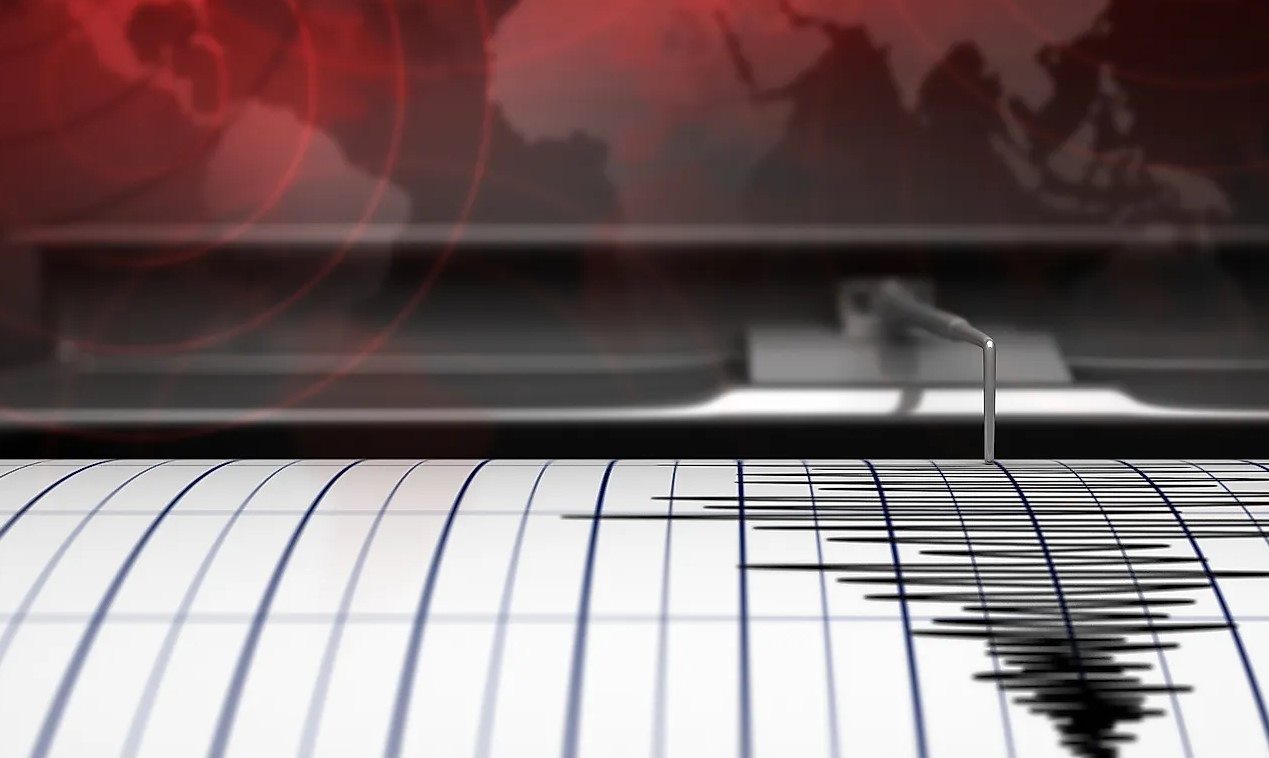A 3.2 magnitude earthquake jolted Karachi’s Quaidabad, Malir, and Shah Faisal Colony on Saturday, June 14, 2025, at 9:53 AM, as per the Seismological Centre.
The tremor, originating 12 kilometres north of Malir at a depth of 35 kilometres, marks the 39th low-to-mild quake in Karachi since June 1, amid growing concerns over land subsidence in the region, as reported by Dawn.
The Seismological Centre reported no damage from the mild tremor, which is part of ongoing seismic activity along Karachi’s active fault lines, particularly the Landhi Fault Line. Chief Meteorologist Ameer Haider explained, “Seismic energy gathered at the Landhi Fault Line is being released with quakes,” predicting a gradual decrease in tremor intensity. Officials noted that the Landhi Fault Line has not produced major earthquakes historically.
A study by Singapore’s Nanyang Technological University revealed that Karachi’s Landhi and Malir areas sank by 15.7 centimetres between 2014 and 2020, a subsidence rate second only to Tianjin, China. Excessive groundwater extraction and unregulated high-rise construction are primary causes, per NTU. Karachi’s location near the convergence of the Indian, Eurasian, and Arabian tectonic plates heightens its geological risks.
Read: Karachi Earthquake Tremors: 2.6 Magnitude Quake Shakes City
The NTU study warned that continued groundwater pumping and construction could exacerbate subsidence and increase seismic risks. Recommendations include seawater desalination plants and stricter building regulations to reduce reliance on underground water. Earlier reports suggested Sindh’s coastal areas, like Badin and Thatta, could sink by 2045, as briefed to Pakistan’s Senate in 2015, amplifying concerns about Karachi’s vulnerability.
Frequent tremors and rapid subsidence underscore Karachi’s urgent need for sustainable urban planning.






